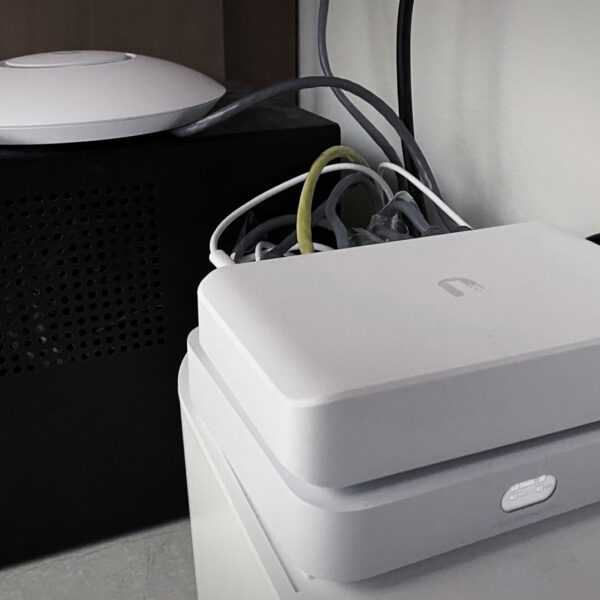
Filters attach to the front of your lens and modify light entering your camera. The screw in type add some physical protection for the front lens element which is why you might see some folks with a UV filter permanently attached to their lens. Purists say this is not a good idea but personally I’ve not noticed any issues with having UV filters on all my lenses at all times. And certainly replacing a damaged filter is going to be cheaper than replacing a lens.
The filters you might commonly encounter:
- UV which reduce haziness and can be left on the lens for protection against scratches and dirt,
- circular polariser which cut down glare and can improve colour,
- neutral density which decreases the amount of light entering the camera by set amounts. This is useful for creating a longer exposure on a bright day for example.
- graduated neutral density filters are commonly used for balancing foreground and sky to permit an even exposure.
When buying filters you need to get them the right size for your camera lens. The lens should have a screw thread on the front and a number identifying the diameter in mm.
My tips:
 Buy the best quality filters you can reasonably afford. Some specialist filter brands are insanely expensive so consider the more economical options before you decide if you need the deluxe models.
Buy the best quality filters you can reasonably afford. Some specialist filter brands are insanely expensive so consider the more economical options before you decide if you need the deluxe models.- Buy the thinnest screw in filters you can. Thick filters can vignette or cause darkening around the edge of the image. Thinner filters decrease the likelihood of this happening.
- Learn how to properly use your filters. Its easy to overdo the effect with the circular polariser so know how it works and how and when to use it properly.
- When mounting a filter run a soft lead pencil around the thread and gently screw the filter onto the lens. You might need to remove the filter and clean any debris from the lens and/or filter and refit. This helps prevent the filter sticking to the lens making it easier to remove.

More reading:




